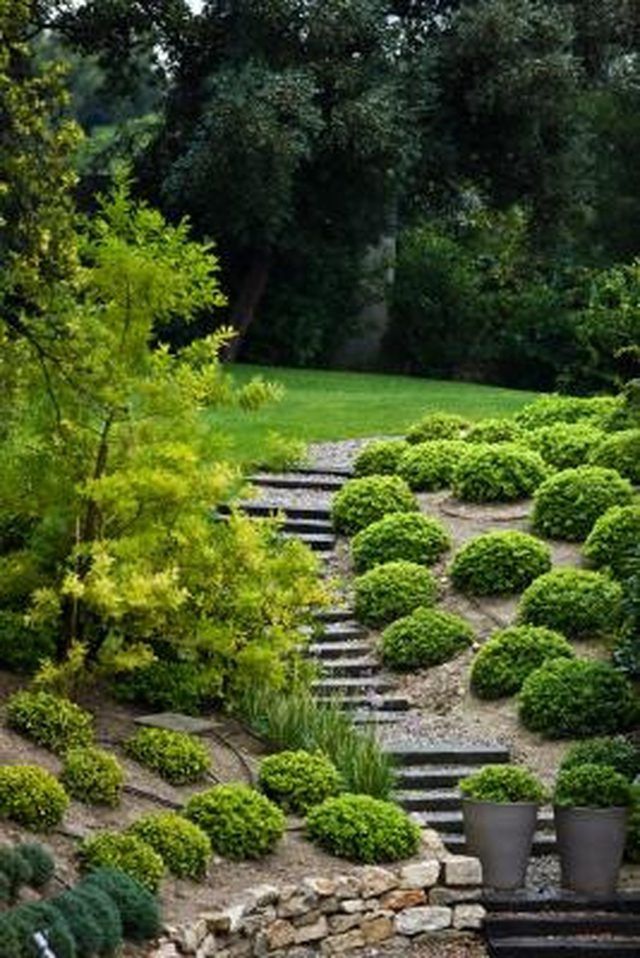Bulbs
Flower Basics
Flower Beds & Specialty Gardens
Flower Garden
Garden Furniture
Garden Gnomes
Garden Seeds
Garden Sheds
Garden Statues
Garden Tools & Supplies
Gardening Basics
Green & Organic
Groundcovers & Vines
Growing Annuals
Growing Basil
Growing Beans
Growing Berries
Growing Blueberries
Growing Cactus
Growing Corn
Growing Cotton
Growing Edibles
Growing Flowers
Growing Garlic
Growing Grapes
Growing Grass
Growing Herbs
Growing Jasmine
Growing Mint
Growing Mushrooms
Orchids
Growing Peanuts
Growing Perennials
Growing Plants
Growing Rosemary
Growing Roses
Growing Strawberries
Growing Sunflowers
Growing Thyme
Growing Tomatoes
Growing Tulips
Growing Vegetables
Herb Basics
Herb Garden
Indoor Growing
Landscaping Basics
Landscaping Patios
Landscaping Plants
Landscaping Shrubs
Landscaping Trees
Landscaping Walks & Pathways
Lawn Basics
Lawn Maintenance
Lawn Mowers
Lawn Ornaments
Lawn Planting
Lawn Tools
Outdoor Growing
Overall Landscape Planning
Pests, Weeds & Problems
Plant Basics
Rock Garden
Rose Garden
Shrubs
Soil
Specialty Gardens
Trees
Vegetable Garden
Yard Maintenance
Corrugated Steel Culvert Vs. Plastic Culvert
Corrugated Steel Culvert Vs. Plastic Culvert. The best way to control the flow of water away from sidewalks and plants is with a culvert. The culvert is a pipe that directs the water into the nearest sewer or storm drain. They are used on everything from highways to housing development streets.

The best way to control the flow of water away from sidewalks and plants is with a culvert. The culvert is a pipe that directs the water into the nearest sewer or storm drain. They are used on everything from highways to housing development streets.
Corrugated Steel
Corrugated steel culverts are lightweight and come in a variety of sizes. Unfortunately, they are prone to cracking and rusting, and if improperly set into the ground, will become distorted and could cave in, blocking the flow of water.
Plastic Culverts
Plastic culverts are very lightweight. They made of polyethylene, which is corrosion-resistant, due to a special coating, and are available in 20-foot lengths. Because they do not weigh much, they can be laid by hand, without the use of heavy machinery.
Fun Fact
The first known reference to the word "culvert" appears in 1773. The origin of the word is unknown.